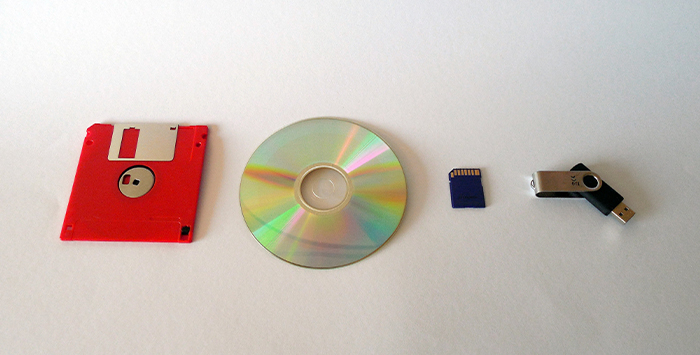
I remember the first time I heard about sample rate. I had no idea what it was, yet my DAW was asking me at which sample rate I wanted to set my project. There were so many options and I had no clue what they actually meant!
I’m sure you saw these numbers many times, either on your audio interface, on your DAW, when buying digital music, or maybe you heard a discussion about how sample rate can affect sound quality in our recordings. But what is the sample rate, and what do those numbers mean?
Today we’re going to navigate through the intricacies of the sample rate. I’ll try to answer all the most common questions, starting from the basics, the pros and cons, the main differences, and the main similarities between the most used sample rates, 44.1 kHz and 48 kHz.
It might be a challenging concept to grasp at first, so take your time to digest all the information I’ll share in this article.
Let’s dive in!
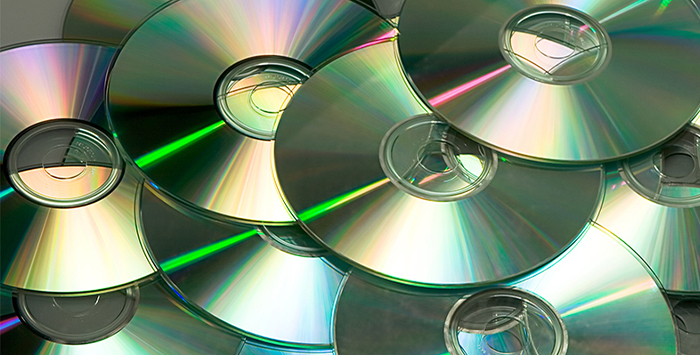
The sample rates that studio recordings and audio engineers prefer to work with are 44.1 kHz, 88.2 kHz, and 176.4 kHz, and that’s especially true when they’re working on music to be released on CD. As for audio for video or digital audio releases, 48 kHz is your go-to sample rate.
Our recording gear will try to capture the analog sound as accurately as possible when recording audio. Imagine analog audio as a waveform: the audio recorder needs to take samples of that waveform to reproduce it in digital data within our digital workstation. The number of samples taken per second from that waveform is the sample rate, measured in kilohertz (kHz).
To understand the process of sampling the audio and then reconstructing it digitally to play it back, think of it as taking many photos of a landscape, printing them, and then putting them all together to recreate the scene on your wall.
So what’s the difference between 44.1 kHz and 48 kHz? Let’s talk about how humans hear audio frequencies. The human ear can listen to any sound between 20 and 20 kHz, and though this is an approximation, we can’t hear higher frequencies than 20 kHz.
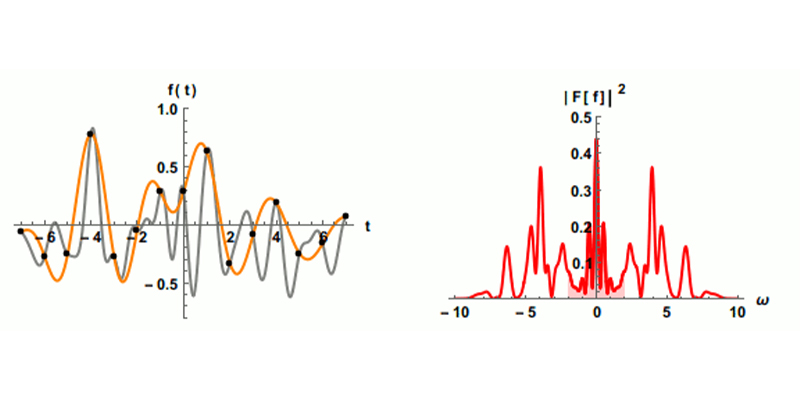
Nyquist’s theorem states that the sample rate must be two times the highest frequency we want to record. Since the highest frequency we can hear is 20kHz, our sample rate should be above 40kHz if we want to record that sound as accurately as possible with little distortion and avoid aliasing (more on aliasing later).
Following Nyquist’s theorem, recording a sample rate of 44.1kHz will mean we are recording frequencies up to 22Khz, and in a sample rate of 48kHz, frequencies up to 24kHz. For many years 44.1kHz has been the standard sample rate for audio recording until new technology arrived, capable of recording audio outside of the human range, with sampling rates of 88.2kHz, 96kHz, and 192kHz.
Some new interfaces, like the AXR4 by Steinberg, allow us to record at a sample rate up to 384kHz, meaning a Nyquist frequency of 192kHz! I know that sounds crazy, and utterly useless since we can’t hear those extra frequencies.
There’s always been a debate on whether a more sample rate means getting better quality or not. Some ear-trained people claim they can hear a difference, though sometimes it’s not the audio quality but rather the mixing process that makes the difference.
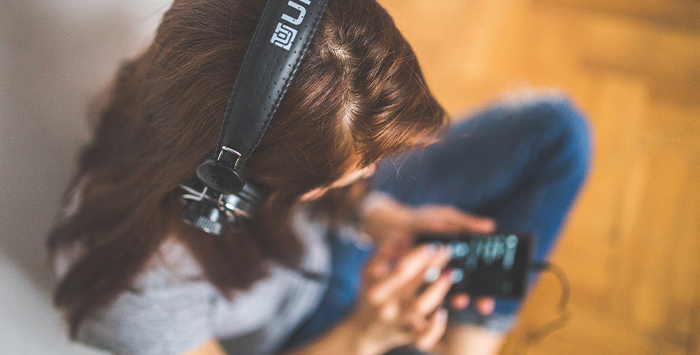
Knowing that human hearing only reaches up to 20kHz leaves us wondering what the difference between 44.1kHz and 48kHz is if humans can’t tell the difference. If we follow Nyquist’s theorem, we’ll find the answer to this question.
The Nyquist frequency is 44.1kHz is 22.05kHz; we can record up to 2.05kHz above the human hearing range. In a 48kHz sample rate, the Nyquist frequency is 24kHz, so we can record up to 4kHz above the human hearing range. We might not be able to hear these frequencies, but by being recorded they can have an impact on audible frequencies and could appear in our recordings as distortions called aliasing.
Aliasing occurs when frequencies outside the Nyquist frequency limit are recorded, causing them to appear in our recording at a lower frequency, like a false frequency (thus alias). When we play the recording, the audio information will be faulty and cause audible distortion in our audio.
Aliasing can be avoided with an anti-aliasing filter and low-pass filters to prevent these frequencies from being recreated and interfering with the rest of our recordings.
The main reason why you should use a 44.1kHz sample rate is that it’s currently the standard in music production. It’s the minimum sample rate accepted by professionals and music streaming platforms, so you can’t go wrong with it and won’t have any issues printing your music on a standard CD format.
Artists usually must present their final mix to audio engineers in a 16-bit/44.1kHz resolution or convert a higher sample rate to 44.1 kHz. Sometimes sample rate conversion can cause problems with audio, so why bother with all those extra steps if you can make your recordings in 44.1 kHz from the beginning?
Another benefit, and what I believe would be most important for all music producers, especially if you have a home studio with basic equipment, is that recording and producing with a lower sample rate will put less load on your computer. We know how much RAM and CPU production software can demand and the horrors of our computer failing after hours of editing and mixing.
The file size is another positive aspect of using 44.1 kHz instead of a higher sample rate, as higher sampling rates result in bigger audio files. The file size is critical when it comes to collaborations, as we usually share our files in the cloud, so it will take more time to upload a batch of files and require bigger external hard drives.
On the cons side, recording with a lower sample rate could increase the risk of aliasing, as the Nyquist frequency in 44.1 kHz is 22.05 kHz, thus only giving 2.05 kHz of headroom for editing and forcing you to resort to an anti-aliasing filter.
Some people also report a risk of distortion in the final mix when converting a high sample rate to 44.1 kHz.
A higher sample rate will make it easy to reduce the risk of aliasing, preventing the frequencies outside the Nyquist frequency limit from bouncing back to lower frequencies. That’s why some producers work with an even higher sampling frequency, such as 96kHz or 192kHz.
An audio sample rate of 48kHz also has a little more headroom for editing than a 44.1 kHz sample rate. This is useful for editing sounds with high frequencies or if you work with audio stretching.
Audio engineers and sound designers prefer higher sample rates because they have advantages for films, television, and digital video. Currently, 48kHz is the preferred sample rate for digital video.
Working with a higher audio sample rate will make your projects more demanding in terms of CPU power. You might not notice this with simple tracks, or until you start working on larger productions like mixing a full live orchestra or a film.
Lastly, the size difference between an audio file recorded at 44.1 kHz and a 48kHz sample rate might not be that much, but if the size of all your projects increases, your storage space will run short.
As long as your project is audio only, recording at 44.1 kHz will be the best bet if you’re aiming for an album release, be it a CD or digital format publication. It’s the recording industry standard, and what everyone asks whenever they want to broadcast your audio. Even if you have a top-notch computer and audio gear, there’s no need to use a higher sample rate.
If your hi-res audio production includes audio for a video clip, short film, or movie, then 48kHz should be your choice. It’s the standard in the movie industry and what will most usually be requested from you.
Differences in the audio spectrum might be noticeable during the editing process, but between 44.1 kHz and 48 kHz, they’re not audible. With proper playback equipment and training, you might be able to hear differences between the standard sample rate and higher options.
Both 44.1 kHz and 48 kHz will work perfectly for recording music, podcasts, or any project that involves digital audio without video.
These are considered the standard in audio, and most digital streaming platforms will ask for one of these two options for your audio. Besides, you can convert from one to the other with advanced sample converters.
What producers like to do with 44.1 kHz and 48 kHz sample rates is to up-sample their recordings to higher ones, perform all the editing they require at these higher sample rates, and then down-sample the audio to its original. Oversampling is used to take advantage of the editing capabilities like time stretching.
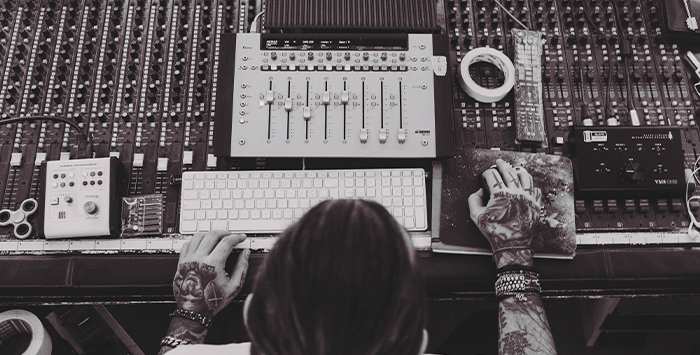
Choosing what sample rate you should record may seem very complex at first, but it’s not once you understand what the sampling rate is and the main differences between the various options. Now you can tell which sampling rate is suitable for each project, but there are also other factors to consider.
Always check what your distributors or clients are looking for. Sometimes they’ll have a preference or use their converter to adjust to their needs and final format.
To sum it up, choose 44.1 kHz for CD and digital music and 48kHz if you’re recording audio for a video; that includes if it’s music for a video clip, voiceover, video podcast, or movie.
If you’re worried about audio quality, there are other things to consider that will improve it, like the audio gear you use, the mic placement, the quality of your instruments, and so on.
There is still an ongoing debate on sample rates among experienced producers and engineers. Still, for the home studio producers, I’d recommend working with the standard rates and experimenting with other sample rates once you’re confident enough with your gear. Maybe you’ll prefer mixing your music using a specific sampling rate or changing it depending on the music genre you’re working on.
However, if you ask me, the only difference between 44.1 kHz and 48 kHz is 3.9 kHz!